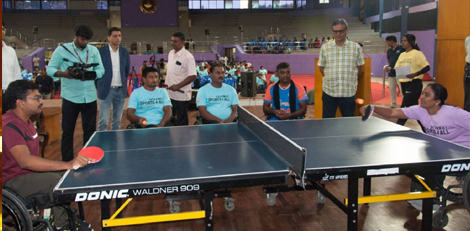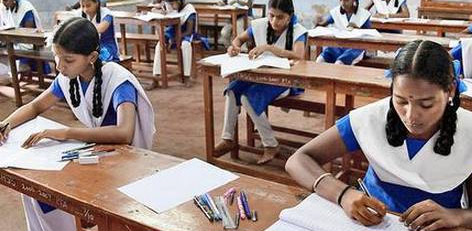ELEVATED RAIL NETWORKS ARE LIKELY COME UNDER ONE AUTHORITY
Posted on: 06/Aug/2010 8:42:51 AM

Chennai Metro Rail is likely to take over the operation and the Management of MTRS segment from Southern Railway. This is done with a view to bringing all the elevated rail networks in the city under one Management. Post merger the �normal` EMUs that run on the MRTS will be replaced by air-conditioned rakes that have automatic doors.
According to T.V. Somanathan, Managing Director the integration makes logical sense. The MRTS being a loss making enterprise, it will not cost much to take-over. The State government has already invested two-thirds in the project. He said that the modalities are yet to be worked out.
The North-south-east corridors along the Buckingham Canal at the time of conception in 1970, by the Madras Area Traffic Study Unit (MATSU), six lakhs Passengers were estimated to use the transport. Against which now only about 70,000 commuters use the MRTS every day. The current operational cost of the network is about Rs.18 lakh per day, but earning per day is about Rs.3 lakh per day. This result in annual operational loss of the MRTS is Rs.54.7 crore. By 2013, the accumulated operational loss would have compensated for the 33 per cent investment made by the Southern Railway in Phase-II (Tirumailai to Velachery) of the project.
According to Mr. Somanathan, since the MRTS would connect to the Metro at both ends through inter-modal transit points, the �network effect` created by synchronized operations will be beneficial for both the networks.
R. Ramanathan, Chief Administrative Officer (Construction), Southern Railway, said that negotiations have to start from scratch. �Right now, we are just concentrating on finishing the extension up to St.Thomas Mount.�
One of the major reasons for the failure of MRTS has been the lack of connectivity. It exists as an isolated, linear network that runs through areas of the city that are mostly institutional in character. Originally, the total length of the MRTS was envisaged to be 59.38 km, creating a circular corridor from the Chennai Beach to Ennore/Tiruvottiyur (industrial zones north of Chennai). The circular corridor was given up in light of the Metro project. The merger is aimed at providing overall integration and improving connectivity.







